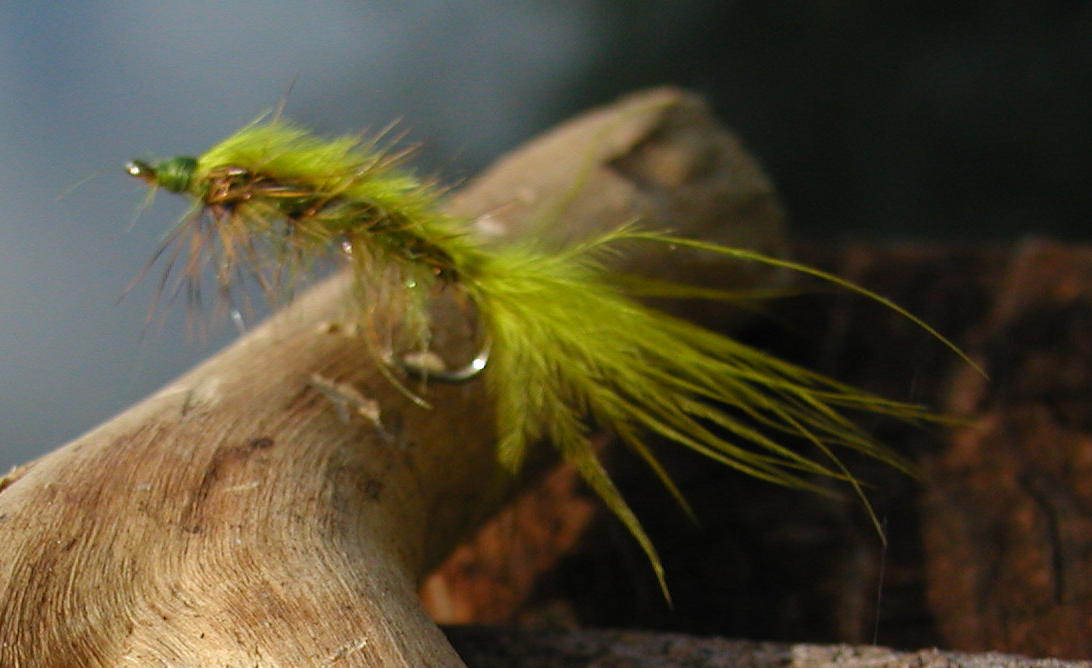|
|
|
||||||||||||||||
|
Materials
|
Rickard's Stillwater Nymph
Denny Rickards is a well-known still water flyfisher, author, and tyer. His flies are very simple, but also very deadly. Yet, his patterns are precise, and in his demonstrations he doesn’t hesitate to point this out. The reason that I chose this pattern for the fly of the month for June is that it’s the fly that won the one-fly contest last year for former president Rick Radoff…well, Rick’s skills actually won it, but he attributes his success to this fly. Rick will probably kick my behind for revealing his secrets, but I’d be willing to bet that he has another trick or two in his bag (probably another fly or two engineered by Denny Rickards). Who knows whether this fly will work this year…but that’s fishin’ as they say. Here’s what Rickards says about fishing the fly: “Top foot with the intermediate or just off the bottom in shallow water with an intermediate, Type I or II line.” For a retrieve rhythm he recommends: “A slow hand twist or a short four to six-inch pull-and-pause.” |
||||||||||||||||
|
Instructions
See ya on the creek…or, in this case, the bass pond!!! |
|||||||||||||||||
Copyright 1998 by Granite Bay Flycasters unless otherwise noted.


